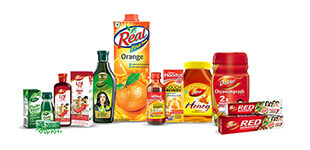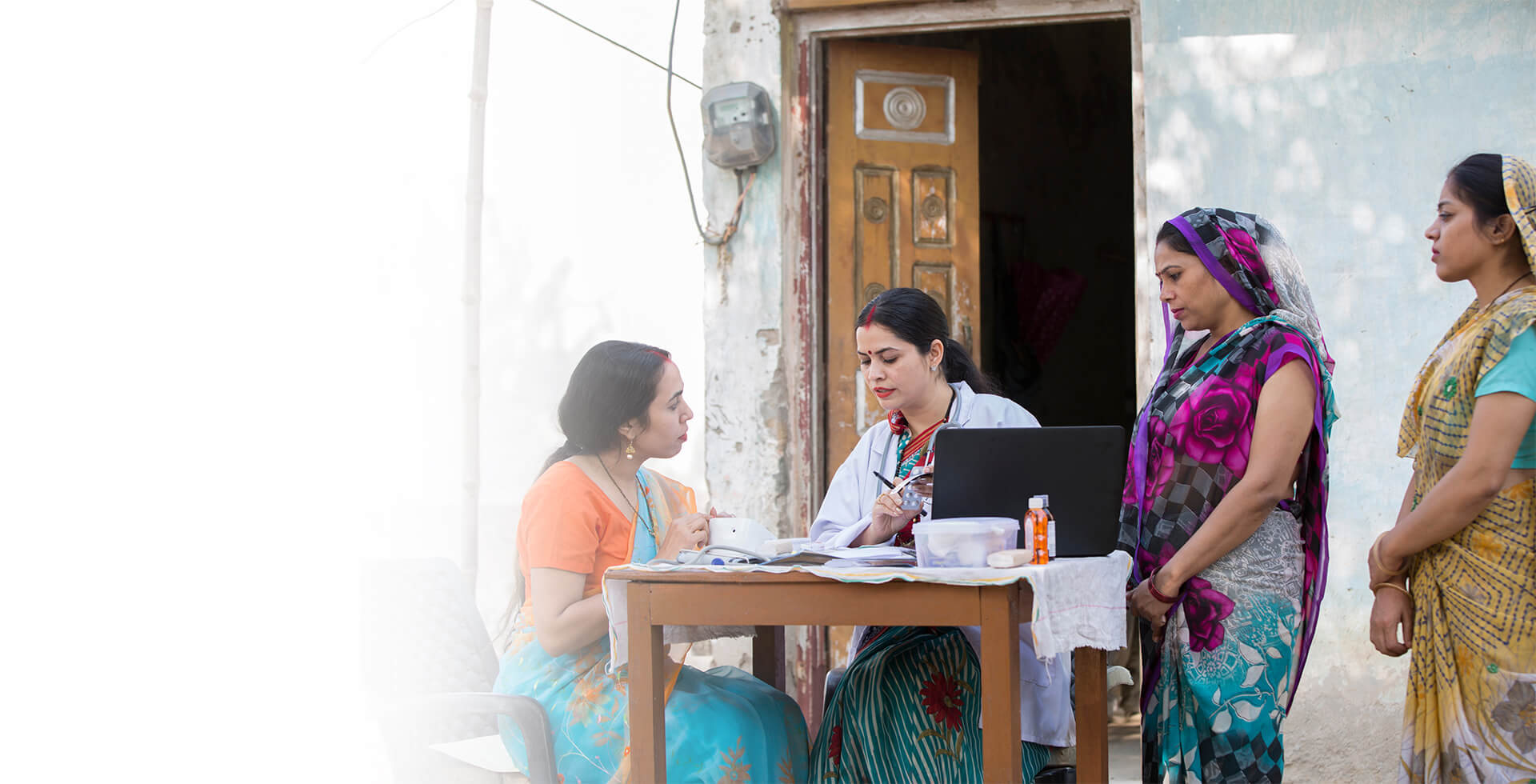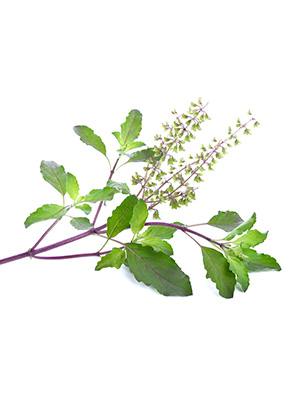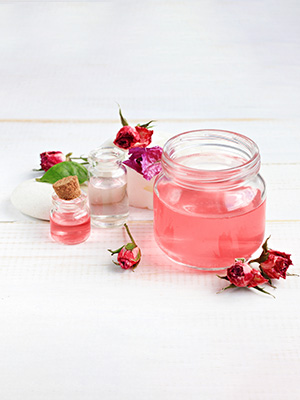This is to notify the trade and public at large that DABUR INDIA LIMITED, (hereinafter referred to as “DABUR”), a Company incorporated under the Companies Act, 1956 having its Registered Office at 8/3, Asaf Ali Road, New Delhi – 110002 and Corporate Office Kaushambi, Ghaziabad – 201 010 (UP) INDIA, being manufacturers of wide variety of products including ayurvedic medicines, food, herbal, home care, personal care products and exclusive owners of all intellectual property rights.
 is a registered trademark of DABUR INDIA LIMITED.
is a registered trademark of DABUR INDIA LIMITED.
Our attention has been drawn by certain members of the public that they have received communication(s) through e-mails/websites/telephonic calls/SMS for appointment as distributors of DABUR. We understand that certain unscrupulous person(s) has been demanding cash deposit(s) in certain specified bank(s) before such appointment. These people are also unauthorizedly using the name, trademarks and logo of DABUR with a view to tarnish the reputation of DABUR. They normally provide some similar website name to deposit the application form. On accessing the website, they force you to pay the online payment for submitting the form or they provide some bank details to deposit the payment. This is not the practice of DABUR or its group companies. So, please desist from doing so.
Similarly, we also came to know that some third parties are issuing the fake appointment letter for the confirm job in DABUR or in its group companies against some money. Please be aware of such fake appointment letter issued by deceptively similar company names and please note that these companies are not registered companies under the Companies Act 2013 and not having any relationship with DABUR and its group companies.
Please take note that DABUR or its group companies are not in any way connected/associated with these emails / phone call / SMS or websites and therefore cannot be held liable for the actions of either the perpetrators or their victims. DABUR or its group companies don’t charge money from the candidates by any mode. The public in general are also advised not to be attracted or lured by any of their communication which solicit payments and promise products or jobs.
DABUR is only dealing with trade through www.dabur.com and any person claiming themselves to be taking order for the supply of DABUR products via phone/online may be cheating with you. DABUR shall not be responsible for any order placed other than on our official website www.dabur.com
We urge the public not to be misled by such communications purportedly made by DABUR including through e-mails/WhatsApp messages/online mediums. Anyone dealing with such fake calls/websites, etc. would be doing so at his / her own risk and DABUR shall not be held responsible for any loss or damage suffered by such persons, directly or indirectly.
Should you require any further information or otherwise of such communications which you may receive, you are requested to please get in touch with our official e-mail address: corpcomm@dabur.com or our aforesaid address.












